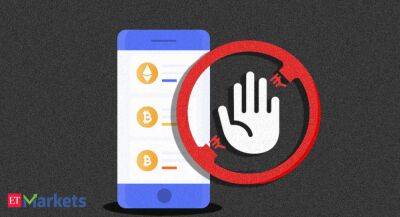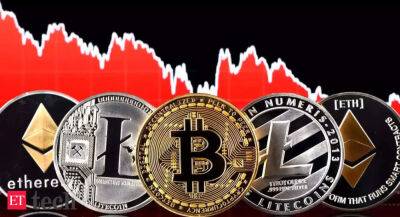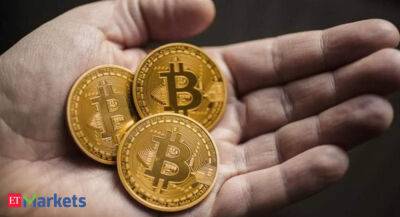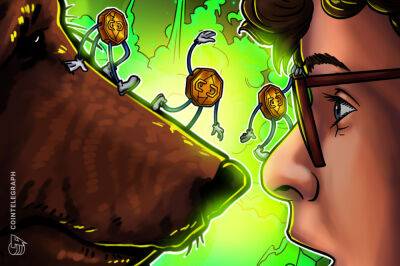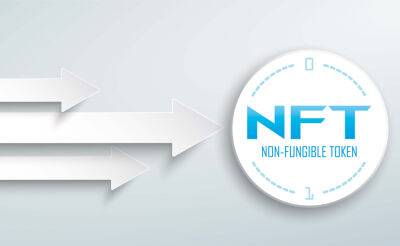Why Margin Calls And Bot Liquidations Are Roiling Crypto
It's a vicious circle long familiar to those in traditional finance: trades made with borrowed money coming apart when the value of their collateral put up against the loans drops, forcing liquidations that in turn push prices down further.
That pattern, driven by so-called margin calls, has come to cryptocurrency markets in a big way since prices began to slump broadly -- with some additional crypto-only twists.
In traditional markets, trading with borrowed money is called borrowing on the margin. The lenders, usually brokers, require that collateral, usually in the form of other stocks, be posted to offset the risk of the trade going sour. The collateral requirement is defined as a percentage of the loan. That means that if the value of the collateral drops, the broker will call for the investor to either post more collateral or close the position and repay the loan.
The system usually works well enough when markets are going up or are roughly steady, though individual investors who make bad bets or get in over their heads can suffer. Bigger troubles can come when there's a broad fall in values that triggers widespread margin calls. When investors sell holdings to meet a margin, they drive prices down further, prompting further margin calls.
For one thing, the DeFi (decentralized finance) apps on which much crypto trading takes places tend to be interconnected, meaning troubles in one can have cascading effects on another. For another, most DeFi apps require overcollateralization -- that an amount of crypto greater than the loan be posted, to account for the normal volatility seen in this market. But perhaps most important is that liquidation of positions when margin calls aren't met usually happens automatically: The
Read more on ndtv.com



